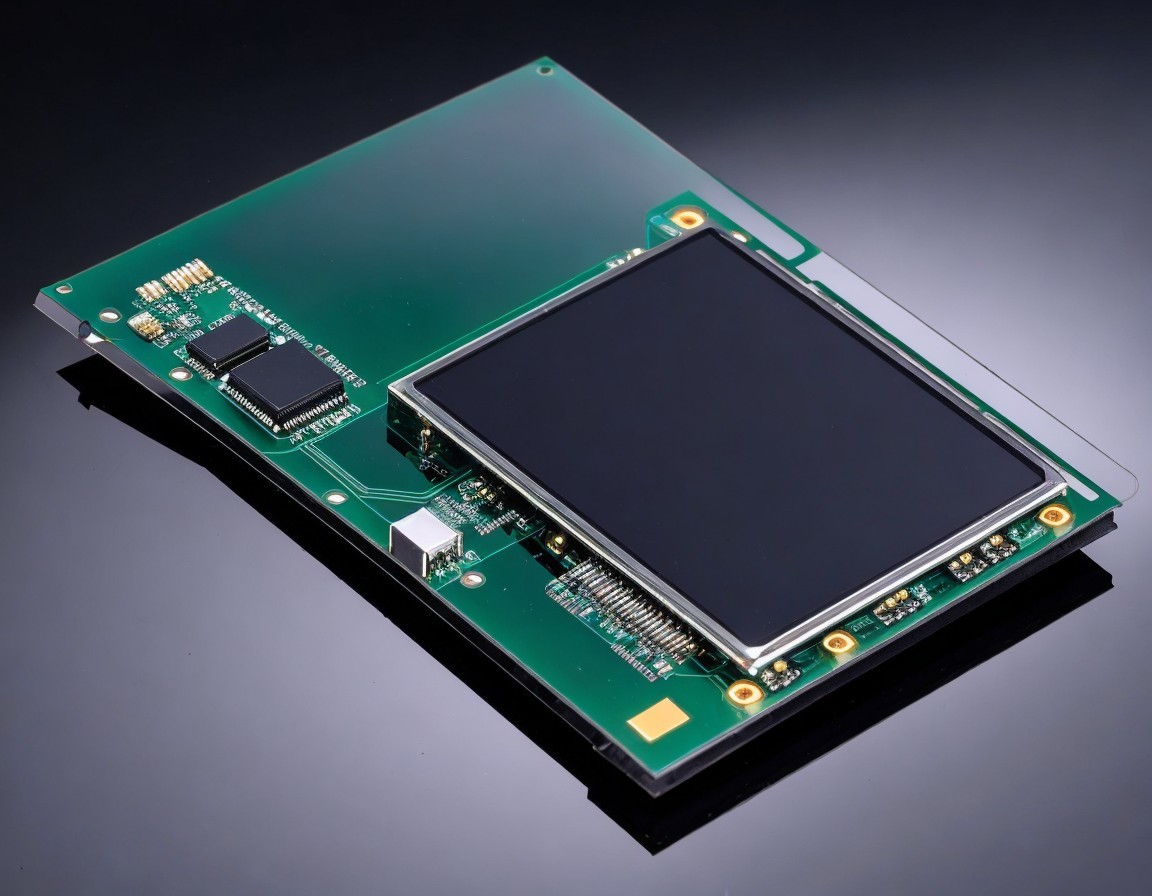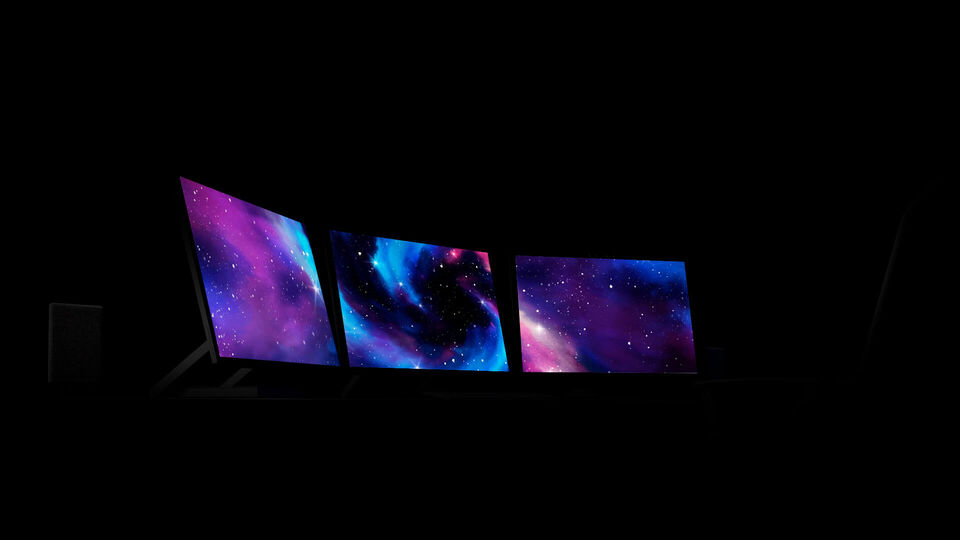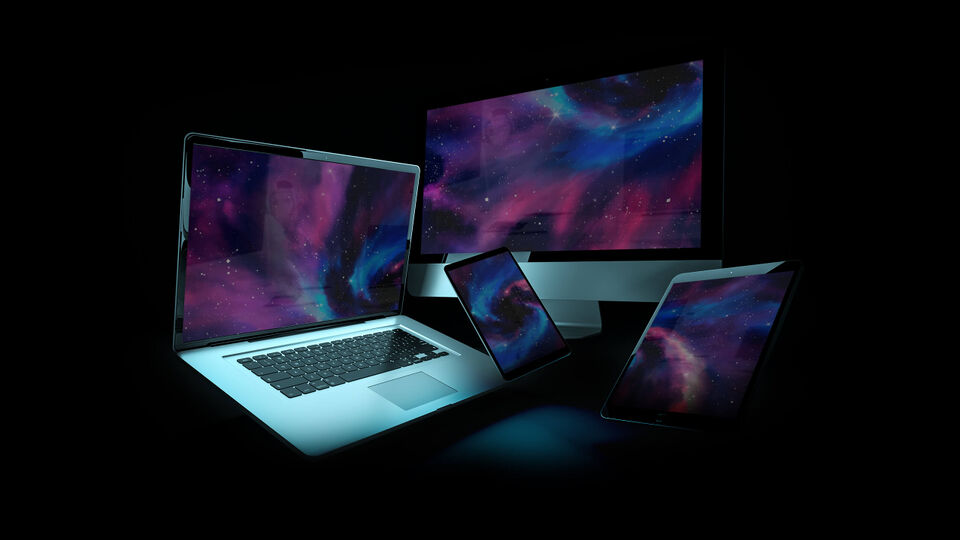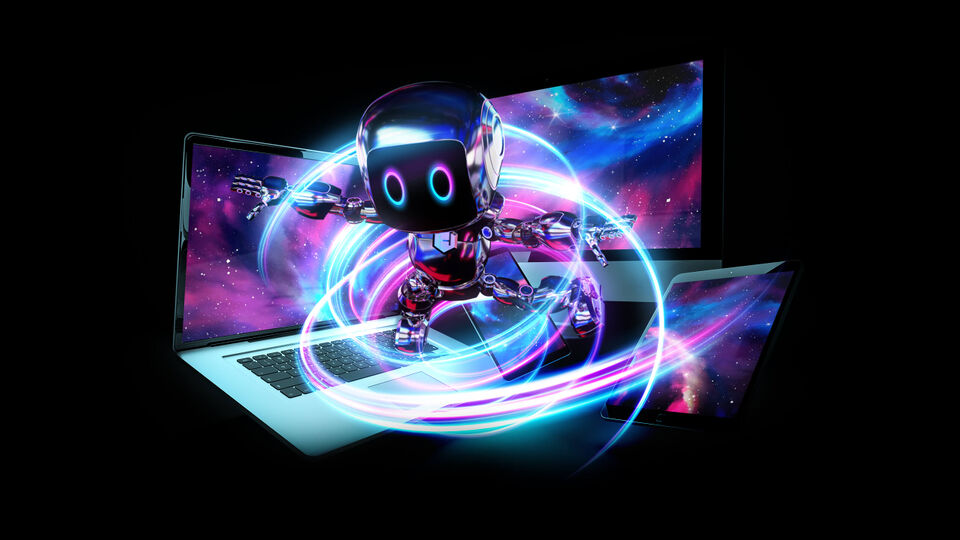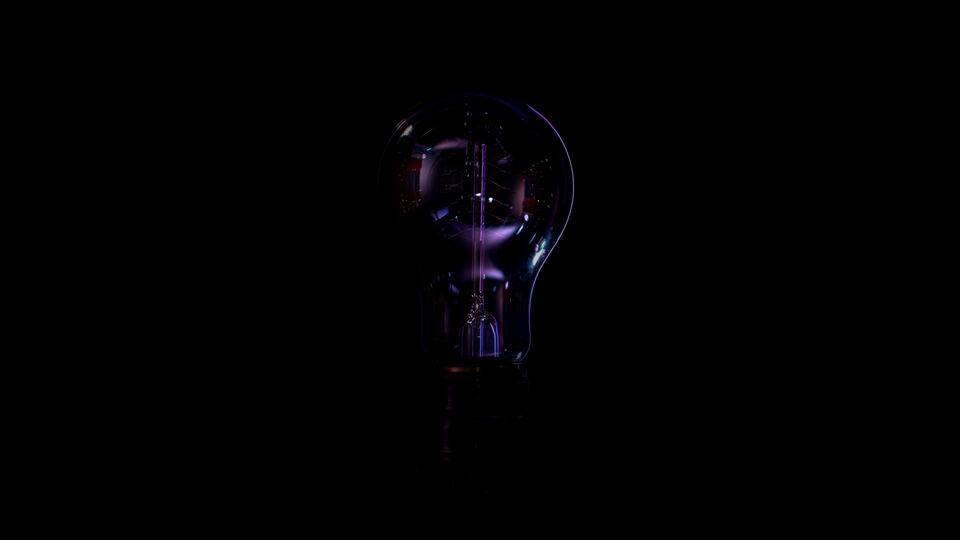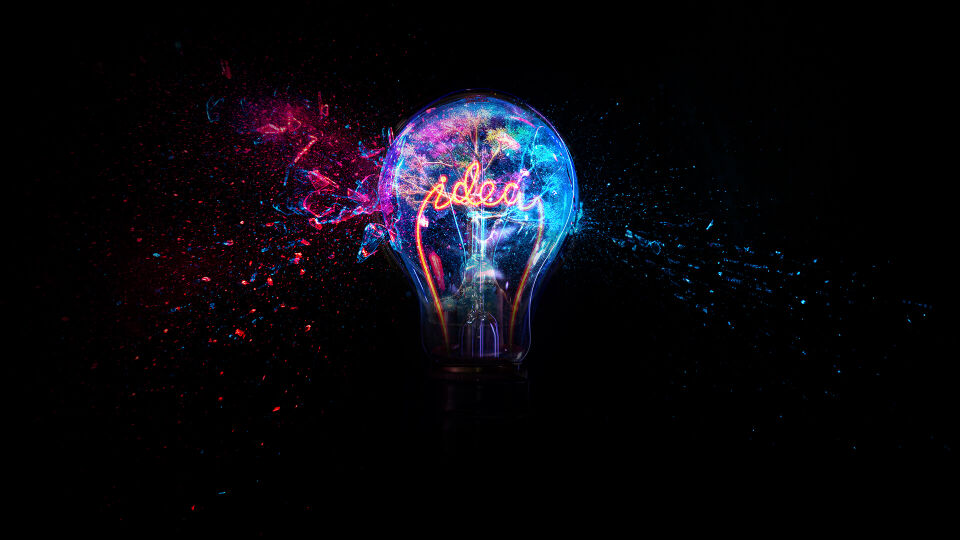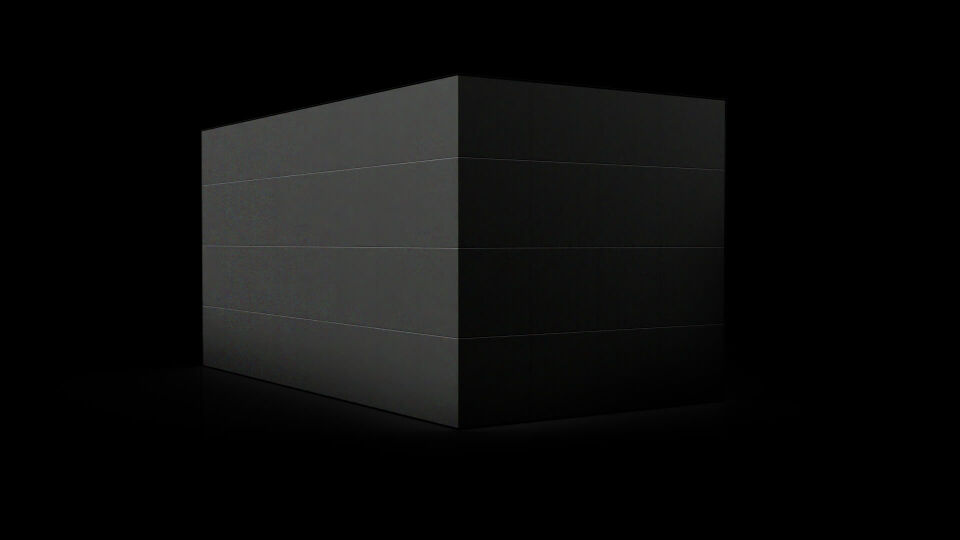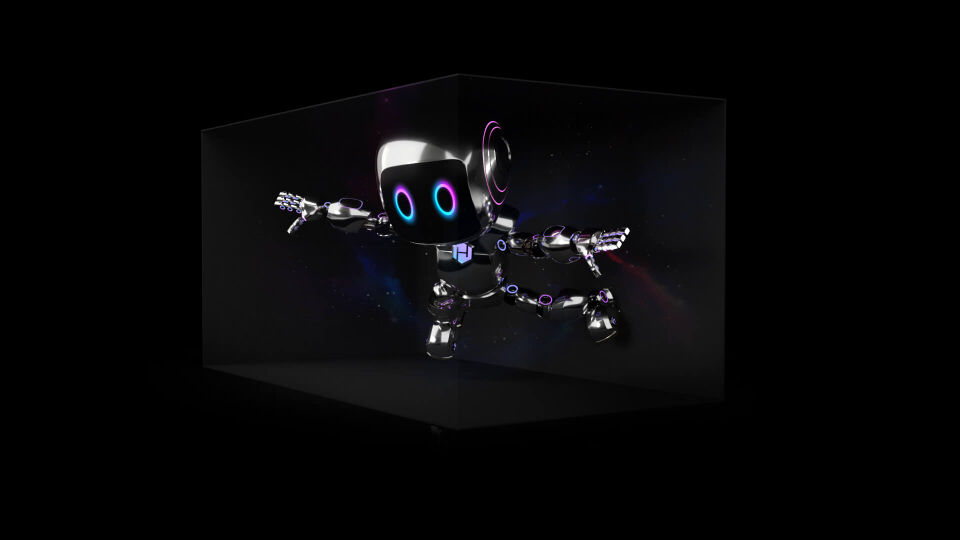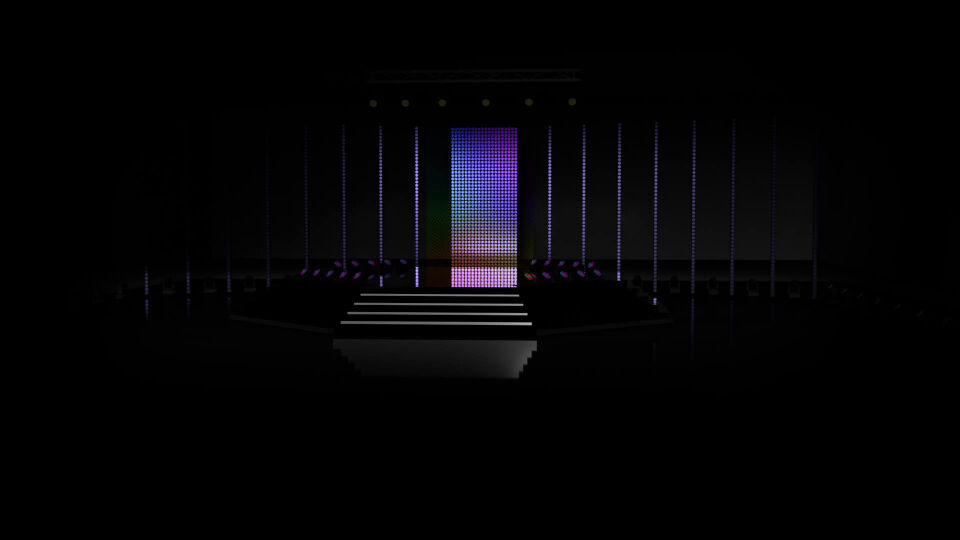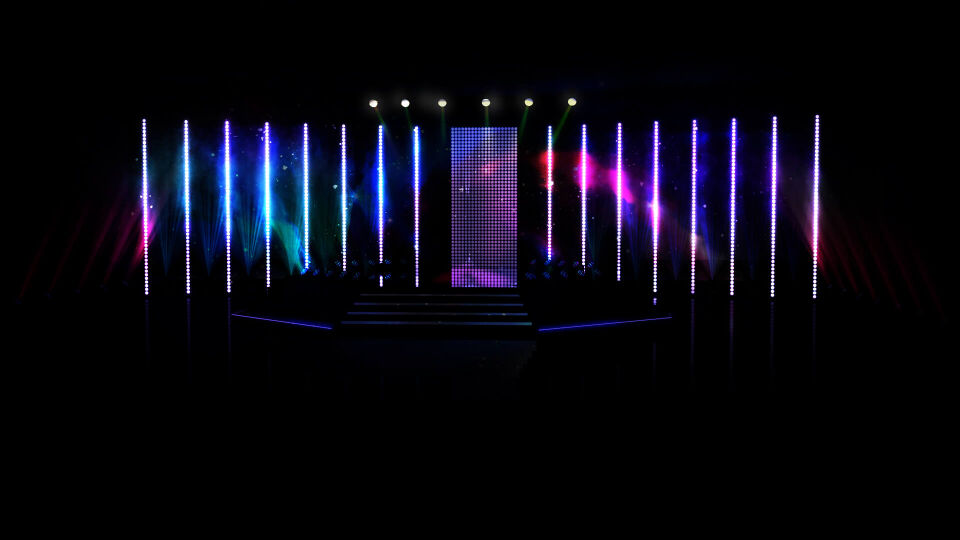Liquid Crystal Display (LCD) and Organic Light-Emitting Diode (OLED) panels are two of the most common types of display technologies used in electronic devices such as televisions, computer monitors, smartphones, and more. While both technologies have their strengths and weaknesses, understanding the differences between them can help consumers make informed decisions when purchasing devices.
LCD panels use liquid crystal molecules that are sandwiched between two polarized glass panels. When an electric current is applied, these molecules align to allow light to pass through, creating an image. LCDs require a backlight source, typically fluorescent or LED (Light Emitting Diode), to provide the necessary illumination for the display to be visible. This backlighting means that even when displaying black, the backlight is still on, which can result in less-than-ideal contrast ratios and increased power consumption.
OLED panels, on the other hand, use organic compounds that emit light when an electric current is applied, eliminating the need for a separate backlight. This enables OLED displays to achieve deeper blacks and higher contrast ratios, as individual pixels can be turned off completely to produce true black. This not only enhances the viewing experience, particularly in low-light environments, but also helps to reduce power consumption as only the pixels that are active emit light. Additionally, OLED panels offer wider viewing angles compared to LCDs, meaning the image remains consistent even when viewed from the side.
Another key difference between LCD and OLED panels is their lifespan. LCDs typically use organic materials that degrade over time, resulting in a decrease in brightness and color accuracy. OLED panels, on the other hand, do not suffer from this issue, as each pixel emits its own light and has its own lifespan. However, OLED panels can suffer from a phenomenon known as "burn-in," where images that are displayed for extended periods of time can leave a permanent imprint on the screen.
In summary, while LCDs offer advantages such as lower cost and availability in larger sizes, OLED panels provide superior image quality with deeper blacks, higher contrast ratios, wider viewing angles, and potentially lower power consumption. It's important to weigh these factors against each other based on individual needs and preferences when choosing between LCD and OLED displays.
